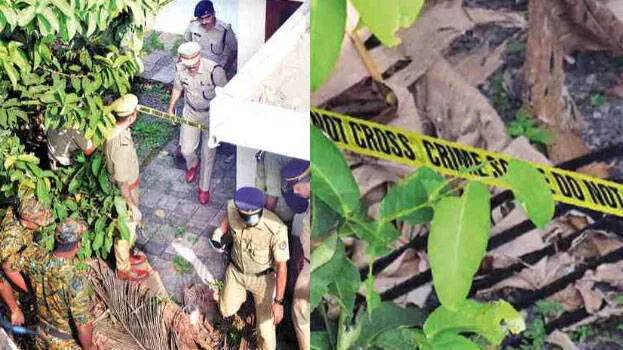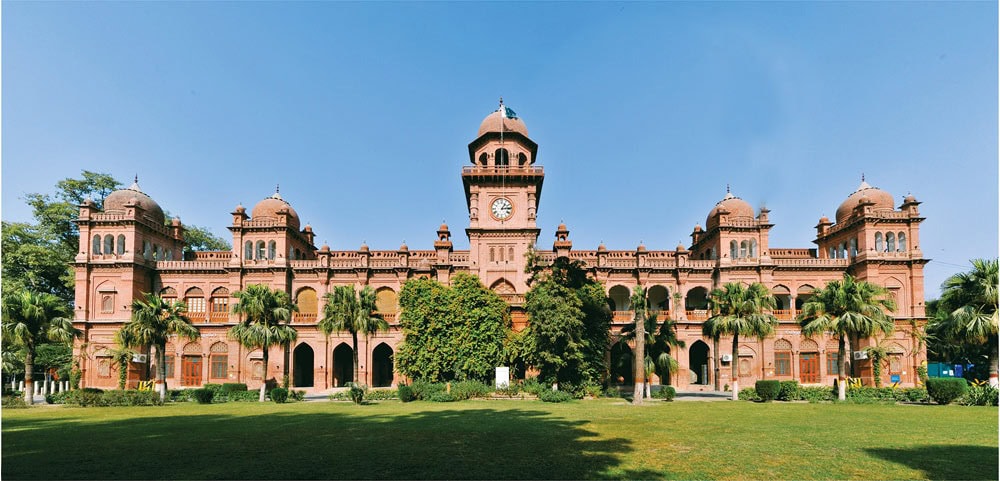
IN A bid to establish Mactan-Cebu International Airport (MCIA) as a key tourism and transport hub, the airport unveiled new art installations that offer travelers an immersive journey through Philippine history and culture. The installations, titled The Galleon and The Trojan Horse, are the creations of Kidlat Tahimik, a national artist recognized for his contributions to film and broadcast arts, whose real name is Eric Oteyza de Guia. These works are located in Terminal 2 of MCIA.
In a video interview released by MCIA on Nov. 22, Kidlat Tahimik said he expresses his creative freedom by combining various elements of interesting objects, colors and textures to come up with a cohesive storyline. He said the two art installations use wood pieces that are inspired by the culture of the Cordillera, a region in the Philippines known for its rich indigenous heritage.

“My installation here at MCIA is tied to the historical significance of Mactan and Cebu in 1521. I’m also incorporating the works of the Ifugao, known for their excellent wood carving skills..
. It all reflects how incredibly skilled Filipinos are, especially our ‘indi-genius’ (Indigenous people). That’s the central theme of my work, and I want to combine it with the beautiful architecture of MCIA,” he said in a mix of Tagalog and English.
He said an airport should not only be an entry point for tourists heading to beaches or resorts but it should also be an “opening portal” to a country’s culture. Athanasios Titonis, chief executive officer of Aboitiz InfraCapital GMR Megawide Cebu Airport Corp., in a press statement, shared Kidlat Tahimik’s vision, emphasizing the airport’s role as a space where overseas Filipino workers can experience a sense of belonging and connection to their roots.
“MCIA is committed to becoming a world-class tourism and transfer gateway, a place where every traveler feels a sense of adventure and cultural interaction. An airport is not just a building — it’s a hub where people connect, and Kidlat Tahimik’s masterpieces embody this spirit perfectly,” said Titonis. Ricia Montejo, head of customer experience, echoed the same vision on how the artworks contribute to enhancing MCIA’s function as a key gateway for tourism.
“At MCIA, we envision the airport as a destination itself, not just a stopover. These incredible art displays serve as a gateway to the Philippines’ and Cebu’s rich history..
. By showcasing Kidlat Tahimik’s works, we aim to create an environment that inspires curiosity and cultural appreciation among passengers,” she said. On Aug.
22, MCIA, Aboitiz InfraCapital and the National Museum of the Philippines formally signed a memorandum of agreement to promote Filipino arts by showcasing at least four notable works of Kidlat Tahimik at Terminal 2. The art sculptures introspectively depict the storytelling of Portuguese explorer Ferdinand Magellan’s expedition to Mactan Island. Kidlat Tahimik also has two installations at Terminal 1’s Grand Lobby: Galleon Des Frayles, which depicts Magellan’s arrival in Mactan aboard the Victoria Galleon, and Bulakna Conquers Magellan, a reimagined narrative that celebrates indigenous resilience and courage.
MCIA is the country’s second largest airport, serving over 11 million passengers annually, making it a vital hub for both domestic and international travel. / DPC.










